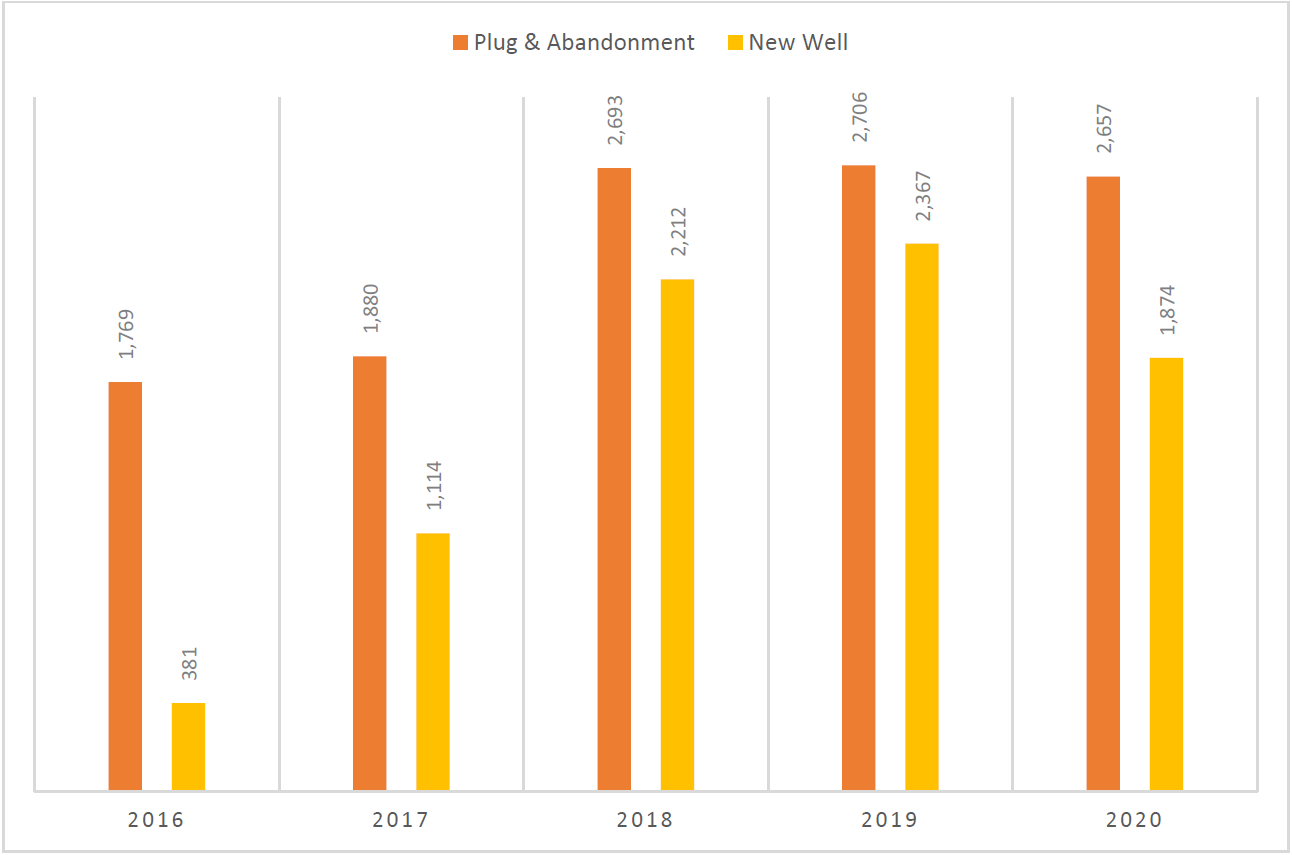On behalf of the women and men of the oil and gas industry by Catherine Reheis-Boyd, Western States Petroleum Association (WSPA) President:
There are thousands of highly educated, dedicated and conscientious scientists, engineers and passionate problem-solvers across the oil and gas industry—each of them with families and children of their own who breathe the same air, drink the same water, and share the same economic future. And, they have played a vital role in supplying the people of California with safe, reliable energy produced under the most stringent environmental regulations in the world.
There is no path to lasting energy sustainability without their involvement. Their voices are being silenced. We will not allow them to be demonized by Consumer Watchdog and others pushing an off-oil agenda.
The notion being pushed by Consumer Watchdog and others that we could shut off all the oil and still take care of the energy needs of the people in our state is a dangerous myth. The fact is, alternative energy sources are nowhere near sufficient to serve all the needs of our people. When we need it the most, only a portion of our grid is currently being powered by renewable energy. The immediate cessation of all oil and gas operations would not only lead to an insurmountable energy shortage, it would cripple our ability to safeguard the lives and livelihoods of millions.
But, this is what Consumer Watchdog wants, as evidence by their continued manipulation of data on permits for production in the state in order to attack the industry, the Newsom administration and create fear and anxiety in the state
We can no longer afford to make decisions based on fears. Here are the facts, and we welcome the chance defend them:
False claim #1: CalGEM under Governor Newsom is Approving Drilling of New Production Wells at Record-Breaking Pace
This claim is misleading on two counts: new well permits are driven by predictions of the future price of oil, not by lack of robust regulatory agency oversight and management. While the number of applications for new wells may have increased, the number of permits for plugging and abandoning[1] (i.e permanently closing) wells has outpaced new wells since 2016, leading to a net reduction in the number of wells in the state, not an increase.
Until the onset of the current pandemic, the price of oil had recovered from the period of depressed prices in 2016 and 2017, leading operators to seek permits for new wells. Within proven oil fields, operators work with CalGEM to plan the permitting for drilling programs, both conventional and unconventional. The increase in permits for new production wells between 2018 and the first half of 2020 is reflective of the increase in permit applications submitted as a result of increases in oil price. Contrary to Consumer Watchdog’s assertion, there was no relaxation in the state’s regulatory agenda.
From a business management perspective, an operator’s drilling program may be planned for implementation over a period of years, as part of an operator’s financial investment in that reserve, anticipated production levels, and the price of oil in the market. When the price of oil is greater, operators are more likely to accelerate their drilling program. When the price of oil is depressed for a long period of time, operators may delay drilling, since the anticipated production volumes may not offset the costs of drilling. Per CalGEM regulations, if a well is not drilled and brought online within 24 months of permit approval, the permit is cancelled.
Consumer Watchdog ignores the fact that the number of well abandonments is outpacing the permits for new wells, leading to a net reduction in the number of wells.
Consumer Watchdog would like to paint a picture of rampant “permit approving” leading to an oversupply of oil wells in the state. However, their press release ignores that the number of oil wells plugged and abandoned during this same timeframe has far exceeded the number of new well permits. Even assuming all the new well permits actually lead to drilling new wells, there is still a substantial net decrease in the number of oil wells in the state because of an explicit state policy to reduce the number of idle wells. Over the last five years, more wells are plugged and abandoned each year than are installed. Furthermore, the number of permits issued for plugging and abandoning wells in 2018 was 143% higher than the number approved in 2017 and has continued to increase in 2019 and 2020. Figure 1 below provides a comparison of the breakdown of permits approved by DOGGR/CalGEM 2016 to date (note that 2020 data is January 1 through August 28). The number of permits for plugging and abandoning wells in 2020 is on track to reach nearly 4,000 wells, assuming the pace of permitting continues at the same rate for the last four months of the year as it has the first eight.

Well Permits Approved by CalGEM by Type and Year (2016-2020)
This increase in plugging and abandonment is a result of the new Idle Well Regulations promulgated by the Department of Conservation in April 2019 in direct response to Governor Newsom’s concerns regarding potential state liability for orphan wells.
False Claim #2: Operators Are Using Permit Applications to Attract Investors During a Financial Crisis
Drilling programs are long-term financial investments that rely on assumptions of market environment, and estimated timeframes for other necessary regulatory approvals, such as Well Stimulation (WST) permits, environmental review (e.g., CEQA), and injection (UIC) permits. When the market changes or regulatory approvals are delayed, operators have to adjust plans and may drill fewer new production wells than were permitted or rescind applications altogether.
The assumption that an operator would file for an WST permit just to attract investors – and ignore the economic realities driving the cost of oil and regulation – is simply absurd.
# # #
